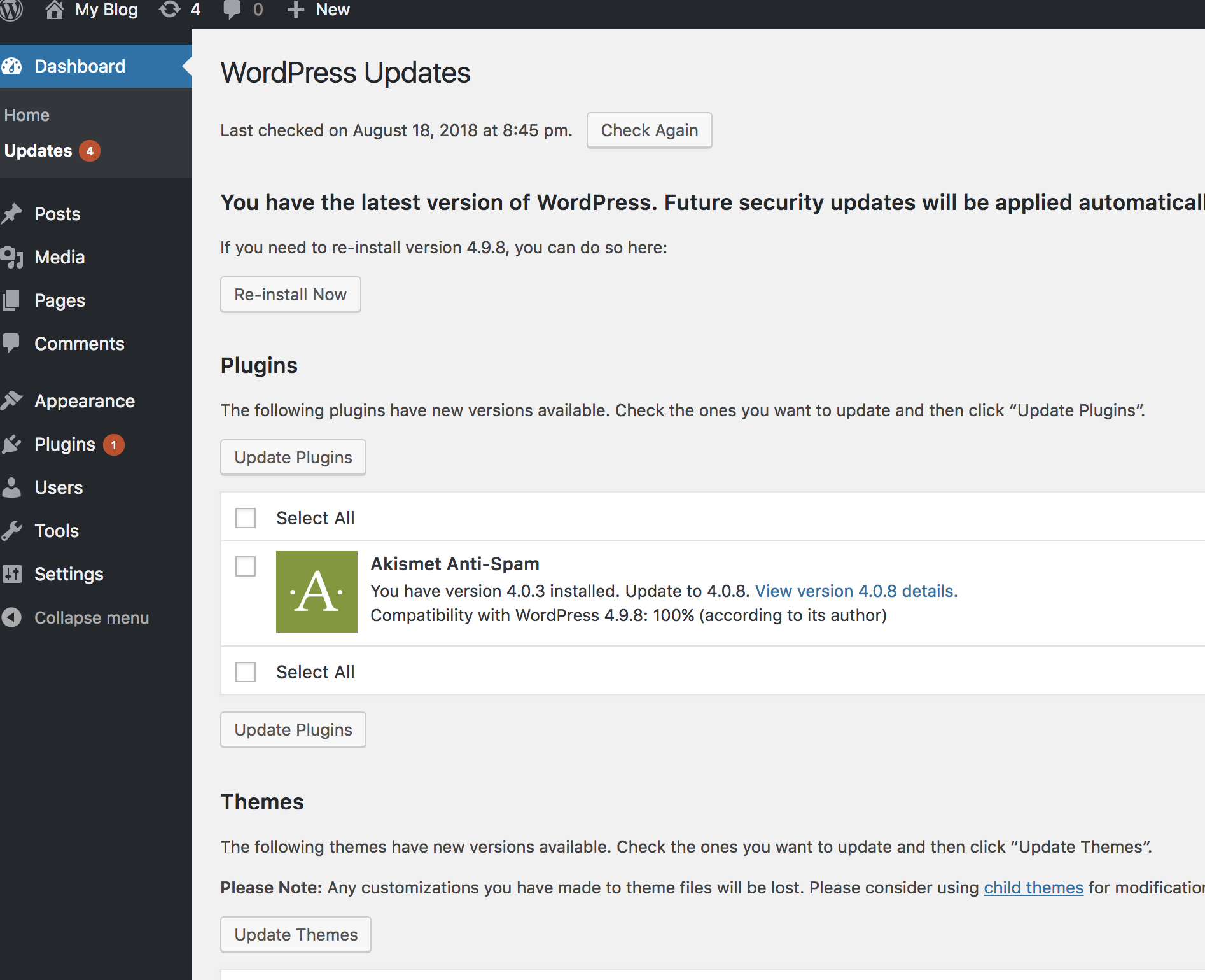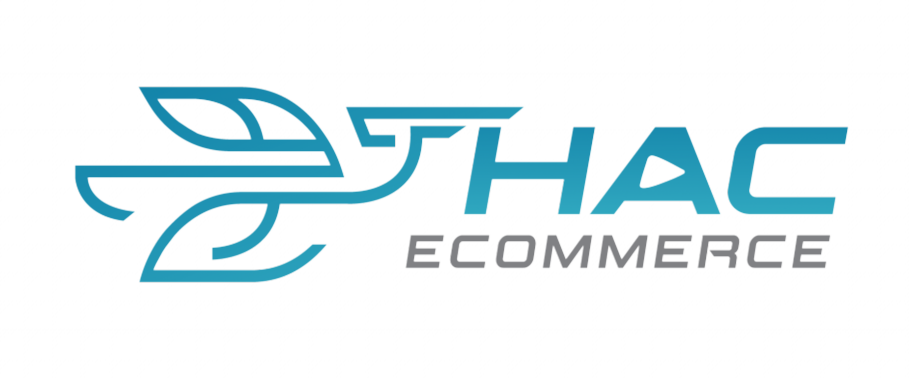Effective Ways to Protect Your WordPress Website from Virus Attacks
WordPress is one of the most widely used website-building platforms, known for its user-friendly interface and extensive library of themes and plugins. However, its popularity also makes it a common target for cyber threats, including viruses, malware, and hacking attempts. These threats can compromise website performance, data security, and overall credibility.
This guide will provide detailed steps to protect your WordPress website from security risks and minimize the chances of a virus attack. These security measures can enhance your website’s stability and safeguard your data.
1. Choose a Reliable Hosting Provider

Selecting a secure and reputable hosting provider is the foundation of website security. A well-maintained hosting environment can significantly reduce the risk of malware infections and cyberattacks.
Key Factors to Consider When Choosing a Hosting Provider
- Strong security policies, including firewalls and malware scanning
- Regular software updates and security patches
- Automatic backups and data recovery options
- SSL certificates and DDoS protection
- Reliable customer support with 24/7 assistance
Recommended Hosting Providers
- BKNS
- Bluehost
- Mắt Bão
- Hosting Azdigi
- A2 Hosting
- DreamHost
- BKHost
- Hostinger
A high-quality hosting provider helps prevent common security vulnerabilities and ensures a stable website performance.
2. Keep WordPress, Themes, and Plugins Updated
One of the main reasons WordPress websites become vulnerable to security threats is outdated software. Hackers exploit weaknesses in older versions of WordPress, themes, and plugins to inject malicious code into websites.
Best Practices for Updates
- Please install the latest WordPress version as soon as it is released
- Enable automatic updates for minor security patches
- Regularly update themes and plugins
- Avoid using outdated or abandoned plugins and themes
- Remove unused themes and plugins to reduce security risks
By keeping WordPress core files, plugins, and themes updated, website owners can mitigate security vulnerabilities and enhance protection against threats.
3. Install and Configure Security Plugins

Security plugins provide additional protection by preventing unauthorized access, detecting malware, and blocking suspicious activity.
Recommended WordPress Security Plugins
- WordFence Security – Offers firewall protection and real-time monitoring
- Sucuri Security – Provides malware removal and DDoS mitigation
- iThemes Security – Strengthens login security and scans for vulnerabilities
- MalCare – Focuses on malware detection and removal
- All In One WP Security & Firewall – A free and comprehensive security plugin
Installing security plugins helps protect against cyber threats and ensures a more secure browsing experience.
4. Use Strong and Unique Passwords
Weak passwords are a significant security risk. Hackers often use brute-force attacks to guess passwords and gain unauthorized website access.
Password Security Tips
- Use a combination of uppercase and lowercase letters, numbers, and special characters
- Avoid common passwords such as “admin123” or “password.”
- Enable two-factor authentication (2FA) for an added layer of security
- Use a password manager to generate and store secure passwords
- Change passwords regularly and avoid reusing old ones
Strengthening password security can help prevent unauthorized logins and protect sensitive data.
5. Enable Two-Factor Authentication (2FA)
Two-factor authentication (2FA) provides an extra layer of security by requiring a second verification step and a password. Even if hackers obtain a password, they will still need a secondary authentication code to gain access.
How to Enable 2FA on WordPress
- Install a 2FA plugin such as Google Authenticator or Duo Two-Factor Authentication
- Configure authentication through one-time passcodes sent via SMS, email, or authentication apps
- Apply 2FA to all admin and user accounts
Implementing 2FA reduces the risk of unauthorized access and enhances overall website security.
6. Regularly Backup Your Website

Backing up your website ensures that data can be restored if it is compromised by malware or cyberattacks. Regular backups minimize downtime and prevent data loss.
Best Backup Practices
- Use automated backup solutions to schedule regular backups
- Store backups in a secure location such as cloud storage or an external server
- Choose a reliable backup plugin such as UpdraftPlus, VaultPress, or BackupBuddy
- Maintain multiple backup copies to ensure data recovery options
An effective backup strategy helps restore website functionality quickly in case of an attack.
7. Limit Plugin Installations and Remove Unused Plugins
Installing too many plugins increases security vulnerabilities. Some poorly coded plugins introduce security loopholes that hackers can exploit.
How to Manage Plugins Securely
- Install only necessary and well-reviewed plugins
- Regularly update all installed plugins
- Avoid downloading plugins from untrusted sources
- Delete inactive or unnecessary plugins
Minimizing the number of installed plugins reduces security risks and improves website performance.
8. Secure the wp-admin and Login Page
Hackers often target the WordPress login page using brute-force attacks. Securing the wp-admin panel prevents unauthorized access and strengthens website security.
Best Practices to Protect the WordPress Login Page
- Change the default login URL (e.g., use “/login” instead of “/wp-admin”)
- Limit login attempts to prevent brute-force attacks
- Use reCAPTCHA or security questions for additional login protection
- Restrict login access by IP address
Enhancing login security helps protect the admin dashboard from unauthorized access.
9. Scan Your Website for Malware and Security Threats
Regular security scans help detect and remove malware, hidden vulnerabilities, and suspicious activities before they cause harm.
Best Malware Scanner Plugins
- MalCare – Provides real-time malware detection and removal
- Sucuri SiteCheck – Scans for malware, blocklisting, and security vulnerabilities
- WordFence Security – Offers in-depth malware scanning
Frequent website scans ensure that threats are identified and mitigated before they escalate.
10. Invest in Professional Website Security Services
Professional security services provide comprehensive protection against advanced cyber threats for businesses handling sensitive customer data.
Benefits of Professional Security Services
- Advanced firewall and DDoS protection
- 24/7 real-time threat monitoring
- Expert malware removal and recovery services
- Custom security solutions tailored to specific website needs
Using professional security services ensures maximum protection against cyber threats and data breaches.
Conclusion
Implementing proactive security measures significantly reduces the risk of virus and malware attacks on WordPress websites. Website owners can ensure a safe and stable online presence by following best practices such as choosing a reliable hosting provider, keeping software updated, using strong passwords, enabling two-factor authentication, and performing regular backups.
For those looking for additional security, professional website protection services offer comprehensive solutions to safeguard websites from cyber threats. Investing in website security protects data and enhances user trust and long-term business success.
Additionally, Hac Ecommerce offers a range of comprehensive services designed to support and empower businesses operating in the POD (Print on Demand) industry. These services include fulfillment solutions, payment account rentals, and design cloning, all of which are tailored to meet the unique needs of entrepreneurs in this niche.

